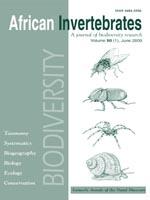The basommatophoran family Physidae possesses a remarkable but little known set of muscles called the “physid musculature”. Using Physa acuta as a model, this musculature was shown to be anatomically complex and associated in places with the columellar muscle. The physid musculature has two main components, the physid muscle sensu stricto and the fan muscle, both of which have previously been named but not examined in detail. The physid muscle s.s. is branched with the larger branches running to the neck, head and foot, and the smaller ones to the lung floor and mantle. The fan muscle is not branched. We propose that the physid musculature is responsible for a unique ability of physids to rapidly flick their shells from side to side—a reaction that frequently enables them to escape predation. We suggest that during this movement the lung floor, which is strengthened by several bands of muscle from both the physid musculature and the columellar muscle, serves as a pivot for the rotating visceral hump and shell, while the main trunk of the physid muscle s.s. and its main branches provide a broad anchorage in the foot.
How to translate text using browser tools
1 June 2009
The Architecture of the Physid Musculature of Physa acuta Draparnaud, 1805 (Gastropoda: Physidae)
E. Naranjo-García,
C. C. Appleton

African Invertebrates
Vol. 50 • No. 1
June 2009
Vol. 50 • No. 1
June 2009
Anatomy
columellar muscle
Physa acuta
physid musculature
Physidae
predator avoidance
shell twisting




